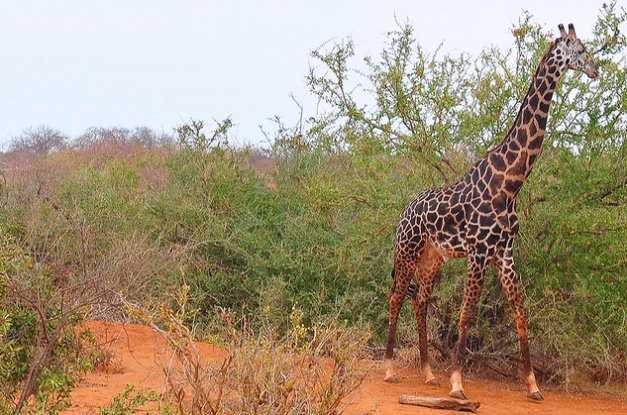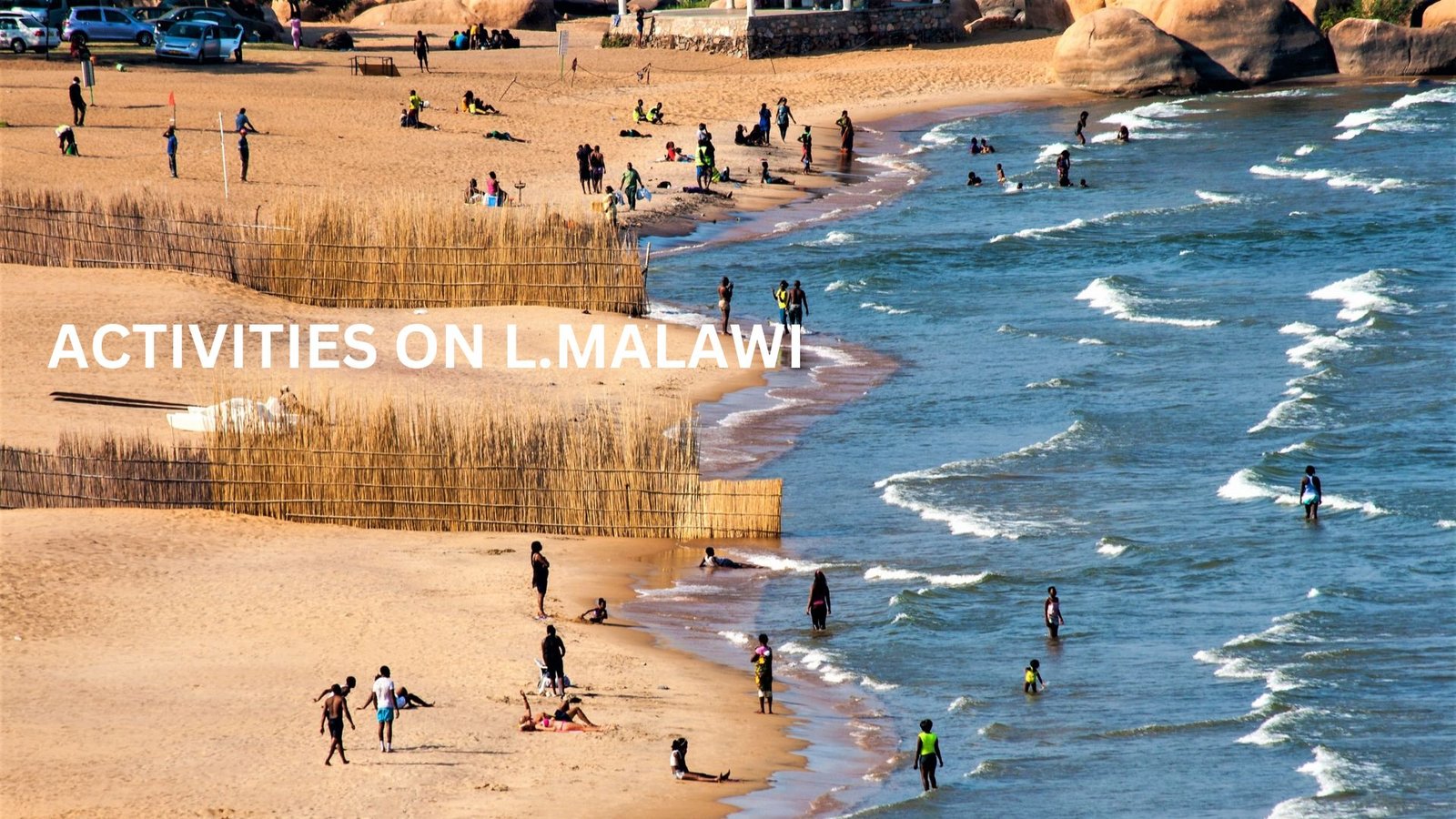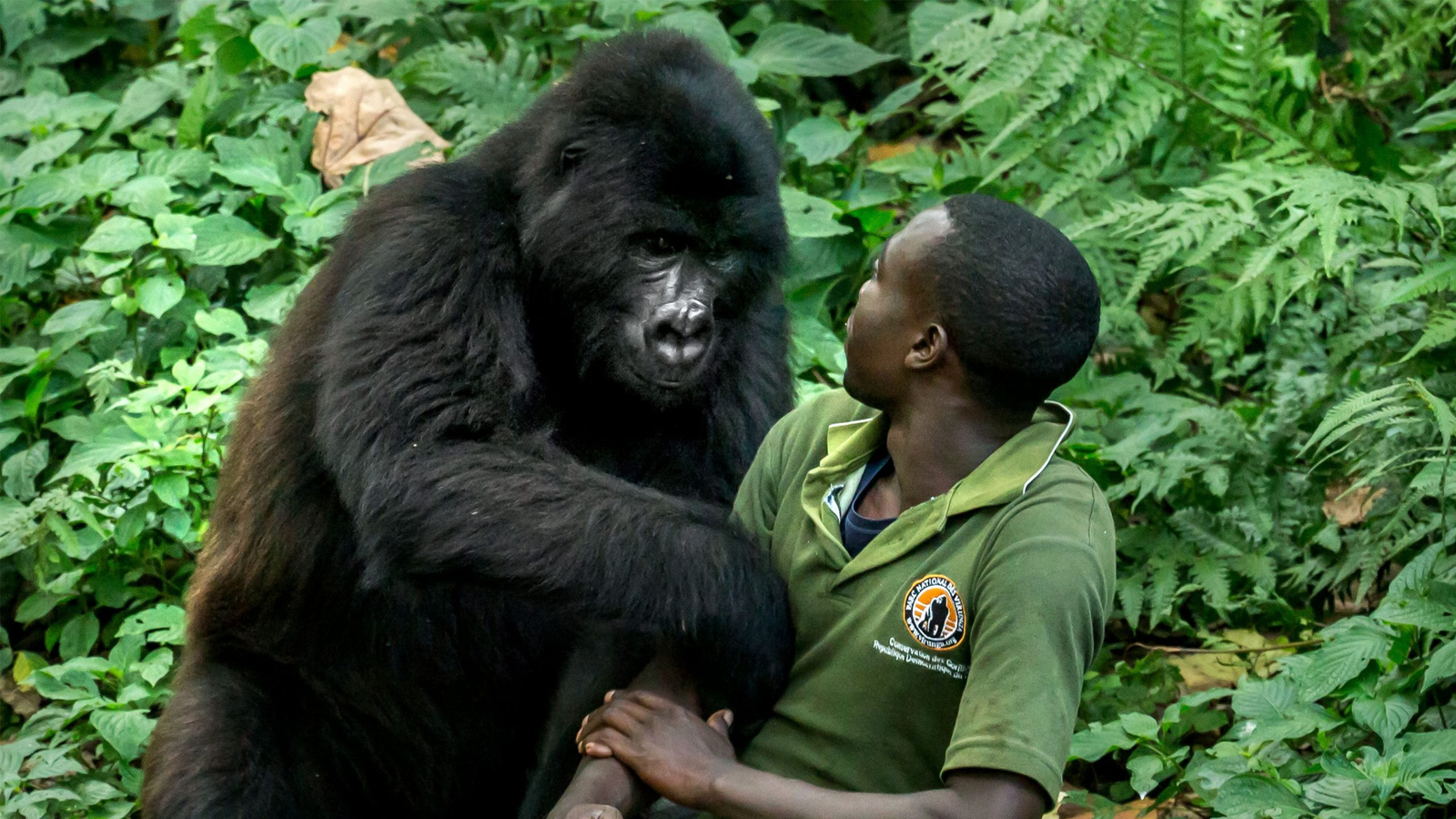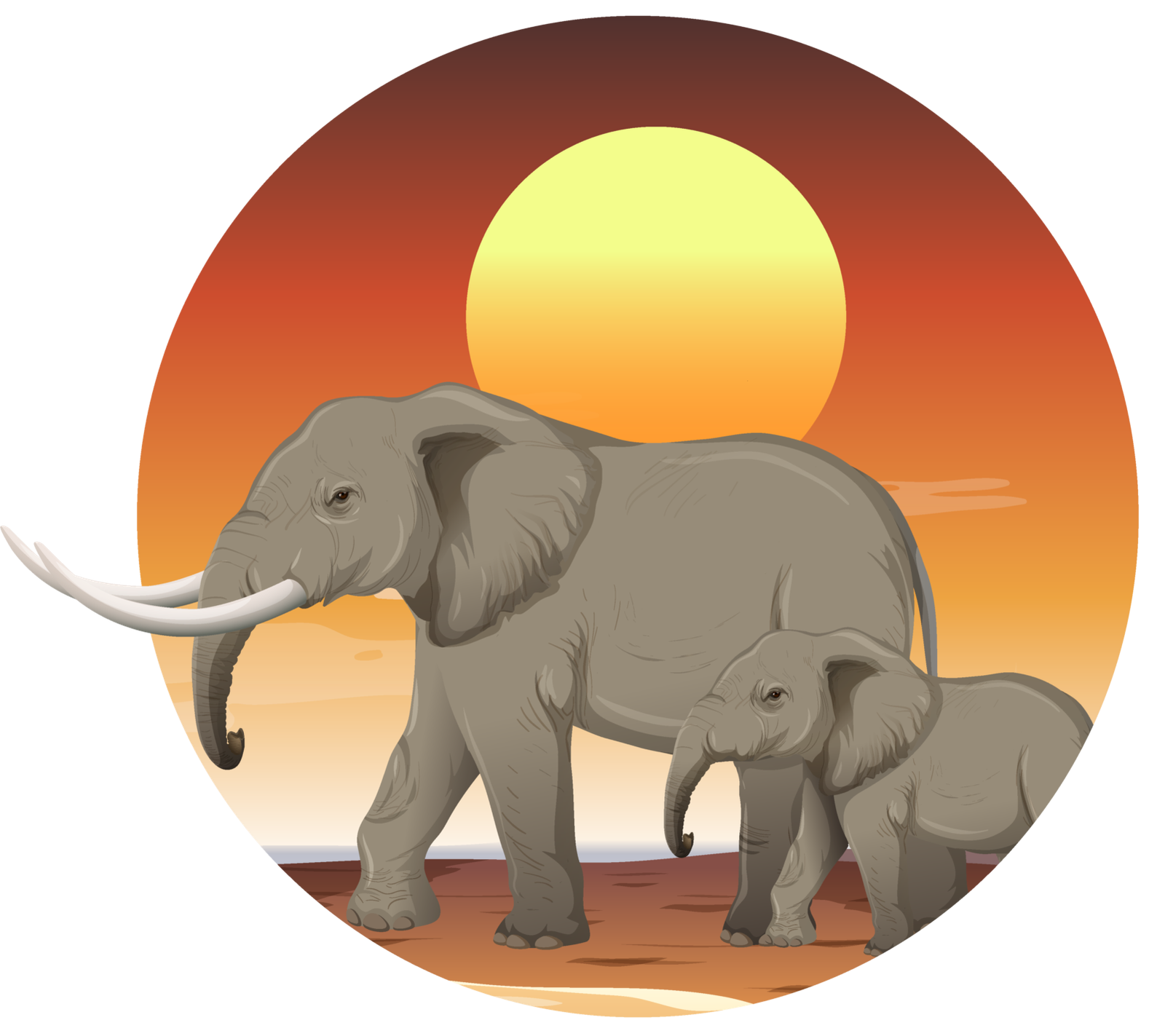Tsavo national park is located in Kenya with an area of 13.74 km and 9000 square kilometers. The park was established in April 1948 and it covers a semi-arid area. The park is one of the world’s largest game sanctuaries and it is particularly well known for its largest herds of elephants and captivating landscapes. The park was previously known as Taru desert. The park is the largest protected area and the largest national park in Kenya. The national park is divided into 2 sections which is the Tsavo East and Tsavo West national park.
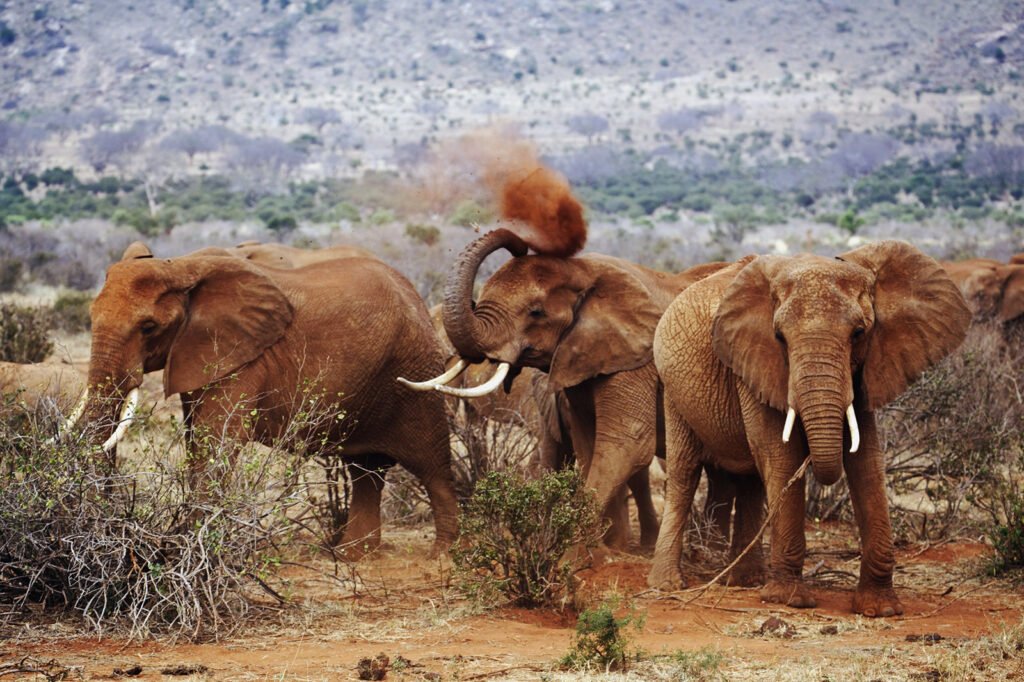
The park was split when the construction of the railway line from Mombasa to Kenya interior was being done. You can now camp along the river which is one of the highlands of Tsavo, as you are taking a safari across vast Yatta plateau, the world’s largest lava flow at 300km (186miles). Tsavo West is home to Lake Jipe and Mzima springs. This section is wetter, more mountainous and swampier.
Bird watching is better in Tsavo west national park. Most impressive of all is the force of mzima springs where 50million gallons of water rush out from the lava rock. Tsavo west has plenty of animals like elephants, buffaloes, impala, leopards, zebras, lions, cheetahs, giraffes and many more
Activities to do in Tsavo National park
Birding Activity
The park has over 500 different bird species which makes the park to be referred to as the little birding paradise. The park hosts the large population of bird species and majority (400) are permanent residents and then (100) come from other different parts of the words.
The best time to come for birding in Tsavo national park is between the months of March to May and November and this is mainly during the rainy season.
However, birding is an all-round activity. In the wet season is when the birds are breeding, the park receives different immigrants since some birds come to breed then go back to their original country.
During the birding safari, you will be able to spot different bird species like the golden pitpit, black faced sangrouse, red billied parrot, anhinga rufa, red warbler, narina trogon, Somali ostrich, african finfot, lesser, marital egal, love birds, mourning dove, taita falcon, king fisher, weaver birds, secretary birds, easter chanting-gouhawk, ostriches, Somali-eater and many more.
All age groups can go for the birding activity either young or adults. Birding is a Guided activity with a professional birding park ranger. This activity can be done during the morning hours, afternoon hours or even the evening hours by the tourists.
There are different kinds of bird watchers; the Ornithologists these are people who study birds, this is their profession. Twitchers and chasers, these people will travel far and wide to add a bird to their list especially rarities. Listers and tickers, both keep lists of the birds they have seen and it is not uncommon for them to have many different lists including overall lists and locals lists. For an awesome bird watching experience, you can contact us on our website.
Game Drive activity
This is among the top activities offered at Tsavo national park. An African safari is incomplete without an amazing game drive, this is done using safari vans and land cruisers. You have 90% chances of seeing the Big 5 animals which are the African elephants, buffaloes, leopards, Rhinos and lions. The national park has over 675 lions. The game drives are done 3 times in a day.
There is morning game drive, evening game drive and all day game drive. The morning game drives in Tsavo national park are considered the most effective and rewarding due to the active nature of the animals since that is the time most of the animals are not hiding in their habitats. Most animals tend to be more active in the earlier time of the day.
The evening game drives are done to catch up with shy nocturnal animals such as civet cats and nocturnal predators. The morning and evening game drives take between 2 to 4 hours a day, the full day game drive combines both the morning game drive and evening game drive and the tourists don’t return to the lodge for lunch, Instead move with packed lunch.
The park is enriched with plenty of animals such as the Big 5 animals, crocodiles, wildebeests, Hippos, cheetahs, zebras, gazelles, oryx, Elands and many more. Game drives are best done during the dry season since movement on the roads is easier, the grass is shorter making tracking them easy since the animals can be seen.
Cultural Tours
Kenya is one the best destinations for cultural tours. Most of its national parks are boarded by the local Maasai people who have a unique culture and way of living that hasn’t been diluted with current modernisation.
You have a chance to visit the local’s in their home settlement patterns which are gazetted and well fenced with local material s like thorns, cow dung, sticks, human urine and ash.
The locals will welcome you with their traditional cultural dance, they will sing for you and you will play with them. You can decide to go for a cultural tour after a long day in the wilderness on a game drive.
Guided Nature Walk
These nature walks are sometimes termed as walking safaris. They are done with the supervision of a professional game ranger who is armed.
They move with guns with a purpose of protecting tourists from any danger in the park during a nature walk. there are specific areas where tourists do nature walks such as the Poachers’ hill also known as Observation Hill, where you have an Ariel view of the park at 360 degrees.
Sight Seeing
Sightseeing is best done along unique 50 million gallons of crystal water produced underneath the rocky surface. You can enjoy sightseeing also at Mzima springs and other special parts of the park. The best time for sightseeing depends on your interest. It can be in the morning hours, afternoon hours or even the evening hours.
Attractions in Tsavo East National park
This section is listed as the most visited destination while on a Kenya wildlife safari. The attraction found in the Tsavo East national park include;
Yatta Plateau
It is one of the captivating and interesting features, the plateau has the longest lava flow in the world. The lava was formed from OidoinyobSabuk Mountain during its eruption process. Yatta Plateau is of 290 km running along the western boundary of the park above the magnificent Athi River.
Mudanda Rock
Is an inselberg of stratified rock, It is a water catchment spot supplying water to the natural dam situated below it and provides water to animals for drinking especially in the dry season. The spot is good for tourists to be able to view animals in the park for example african elephants, Wildebeests, buffaloes among others
Galana and Tsavo River
The park is crossed through by two rivers which is the Galana River and Tsavo river. They provide te animals with drinking water and other ecology. Galana has its own origin in south eastern Kenya highlands. The river also has many crocodiles which are thrilling to watch while on a game drive.
Kanderi Swamp
This is one of the spectacular tourists attractions in the park. the swamp lies along the Voi river and as a water source, it attracts a lot of animals that you can see during a game drive such as buffalos, antelopes and so many more.
Aruba Dam
This is a water reservoir built in 1952 along Voi River, Aruba dam. The dam also attracts a number of animals.
ATTRACTS IN TSAVO WEST NATIONAL PARK
This section of the park has a great advantage of well-maintained roads. It’s more than 2000 kilometers. The park has very many beautiful scenery. The park has a lot of big rocky volcano hills, land scopes.
Shetani Lava Flow
As you are entering the park, one of the first things you will see is Shetani which means devil in Kiswahili. In the early 500 years ago, the locals saw fire erupting and flowing on the ground. They believed it was the devil himself merging the earth. The site is quite mesmerizing to see.
Chaimu Volcanic Crater and Lava field
In kamba language, it means the devil’s crater. It is a tall rising hill in the bright black colour of the lava stones. You can climb the volcano and there’s a path leading to the top. However, climbing the hill is nit easy and you can stable since it can be slippery.
Five Sister’ Hills
The 5 almost identical cone shaped hills are located in one area but resembling one another. The scenery is stunning to watch.
Mzima Springs
The water comes from underneath the ground streams flowing to the nearby Chyulu hills. Mzima means Life in Kiswahili. This place attracts wildlife. Such as elephants, zebras, crocodiles, hippos, among others wandering around the banks through the thick acacia and raffia palms together with a long number of monkeys and birds. The springs also provide water to Mombasa city.
